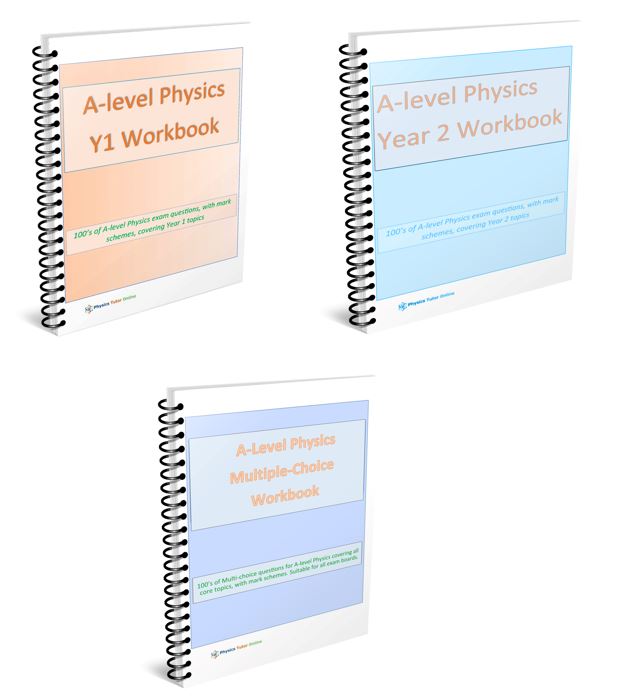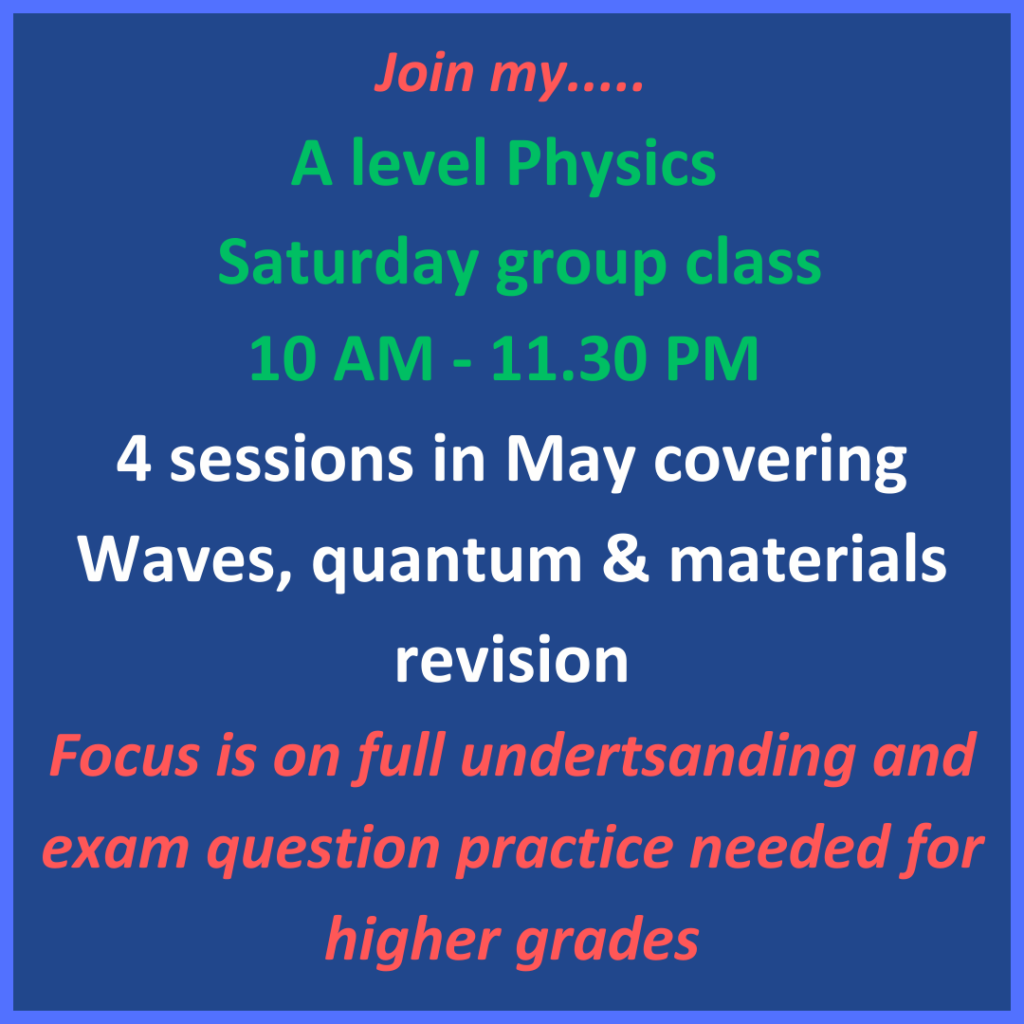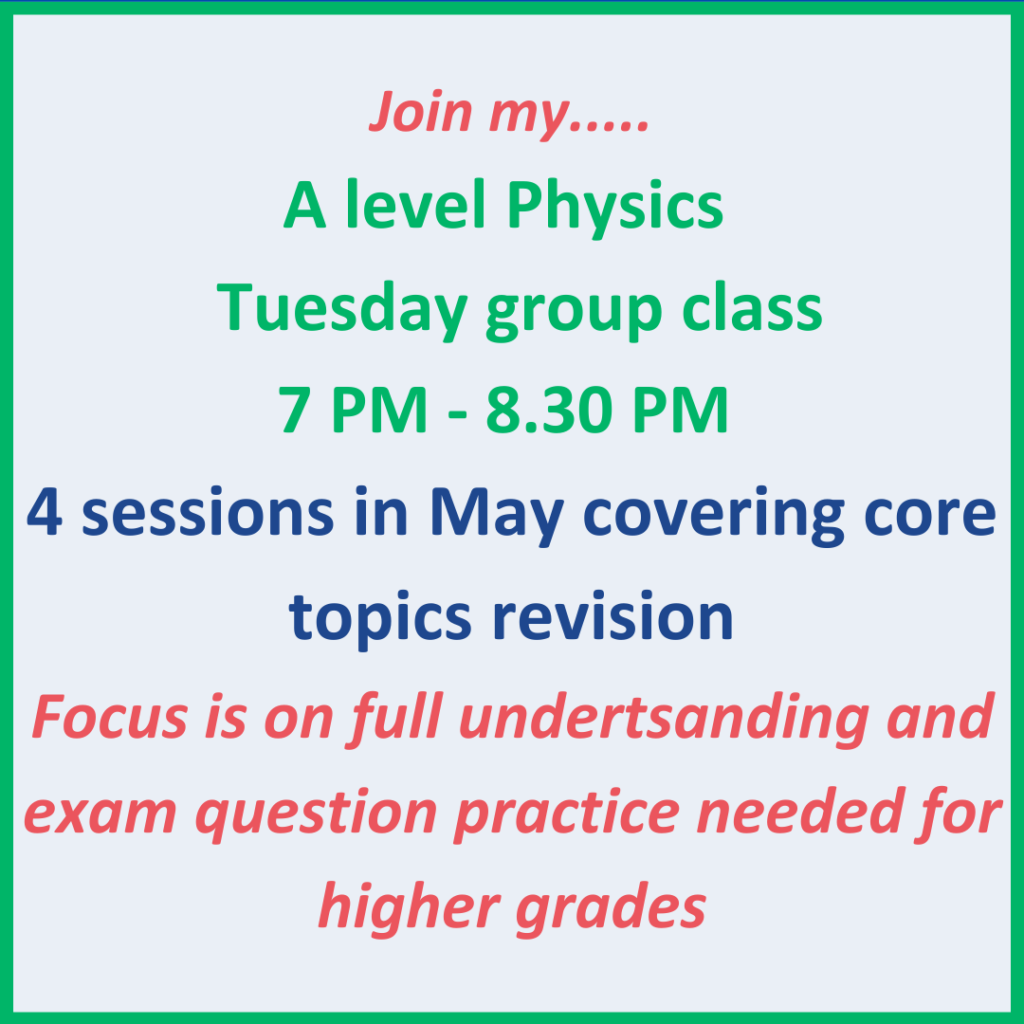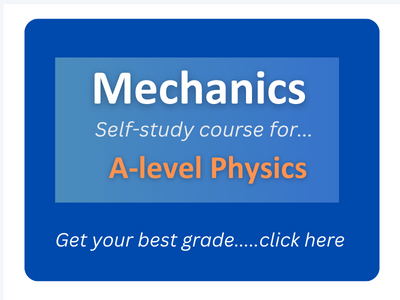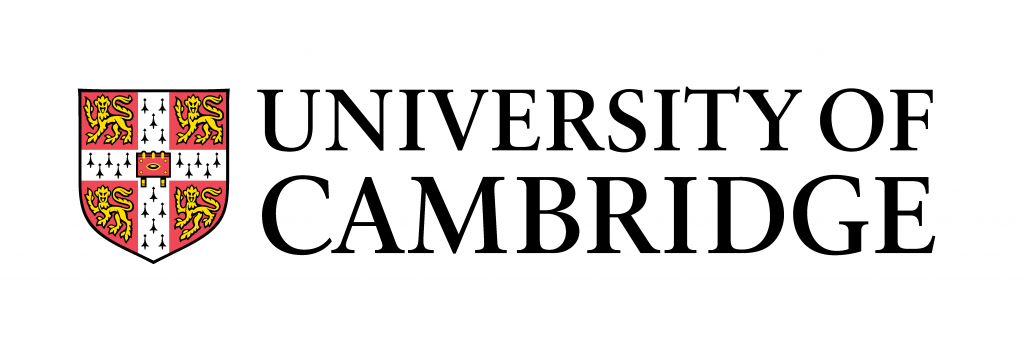Physics is the branch of science concerned with the nature and properties of matter and energy. The subject matter of physics includes mechanics, heat, light and other radiation, sound, electricity, magnetism, and the structure of atoms. (Oxford).
Trying to sum up the question, What is Physics?, is not entirely straightforward. The dictionary definition above only tells part of the story. Whilst it is accurate, it doesn’t convey that physics has developed over time, as physicists have made discoveries and found new ways of understanding the universe.

Essentially, physics is all about trying to describe a complex universe by seeking answers to some really big questions by observing, experimenting and modelling.
The big questions physicists ask
How old is the universe?
How did the universe begin and will the universe change in the future?
Will stars eventually stop shining?
What are the basic building blocks of matter?
Can we discover new particles that make up matter?
Is there an overall theory that can explain everything?
Physics explains our everyday observations
Physics explains our everyday observations, involving motion and gravity. You have probably noticed that moving objects tend to behave in a predictable way. For example, when you throw a ball into the air, you know that the ball will fall to the ground following a predictable path. A bike will only travel so far, without the rider pedalling, before it will stop. There are some very important physics concepts, known as Newton’s Laws of Motion which provide the mathematical basis for understanding situations involving motion.
Newton’s Laws of Motion
Newton’s First Law says that objects must be acted upon by an unbalanced force to move. In other words, your bike won’t move unless you apply a force by pedalling. Likewise, an object that is already in motion must be stopped by a force. When you’re riding your bike, you are in motion and you need to apply the brakes to stop the bike. This is an example of a force changing the motion of an object.
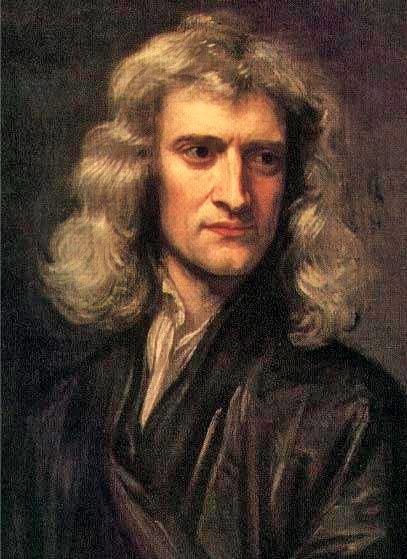
Newton’s Second Law says that the force applied will determine the change in motion. The greater the force applied, the faster it will accelerate and increase speed. The harder you pedal on your bike, the more you will speed up. Also, the smaller the mass, the greater the acceleration for the same force applied.
And Newton’s Third Law says that for every action, there is an opposite and equal reaction. An example is your bike only moves forwards because the tyre pushes the ground backwards. The ground then pushes the tyre forwards. This is known as a reaction force and only happens because of Newton’s Third Law!
Heat, Light and Electricity
Physics is about more than just objects and forces. It is also provides a way to explain energy stores and transfer. Physics can explain how light travels from a lamp to your book, how heat transfers from the oven hob to a pan, or how electricity comes from the power station to power our homes.
But physics is not all about theories. It is an applied subject that has many beneficial uses in most areas of human life.
Benefits of physics to human life
Development of sustainable forms of energy production
Finding new ways of communicating around the globe, Eg fibre optic networks
Treating cancer, through radiotherapy, and diagnosing illness through various types of imaging, such as X-rays.
Improving the design and efficiency of transport
Predicting earthquakes.
Design and development of materials for sports equipment
Understanding and predicting climate change.
What do Physicists do?
Physics can be viewed historically as a quest to find the most fundamental description of the universe. The questions physicists ask have changed over time, as many of the questions have been answered. From the new knowledge, new questions have emerged.
Physicists aim to define the most fundamental measurable quantities in the universe (e.g. mass, time, distance). They also aim to find relationships between fundamental measured quantities, e.g., Newtons Laws of motion. Often mathematics is used, such as equations, graphs, charts, diagrams, or models, that allow them to express a relationship in a way that helps improve our understanding.
Physics leads to new technology
Pure physics is all about developing new theories, knowledge and understanding of the physical world. But Physics is not just about developing new theories. The findings are often applied to develop new technologies and many physicists work in applied fields, such as engineering, software and materials, where they develop new products, processes and systems. In doing so, physicists improve the quality of life for all of us.
The answers that physicists come up with often lead to new and unexpected technological applications. For example, the discovery of the electron at the beginning of the 20th Century led to much of the technology we take for granted today. Without this discovery, we wouldn’t have the benefits of mobile phones, games consoles or computers.

